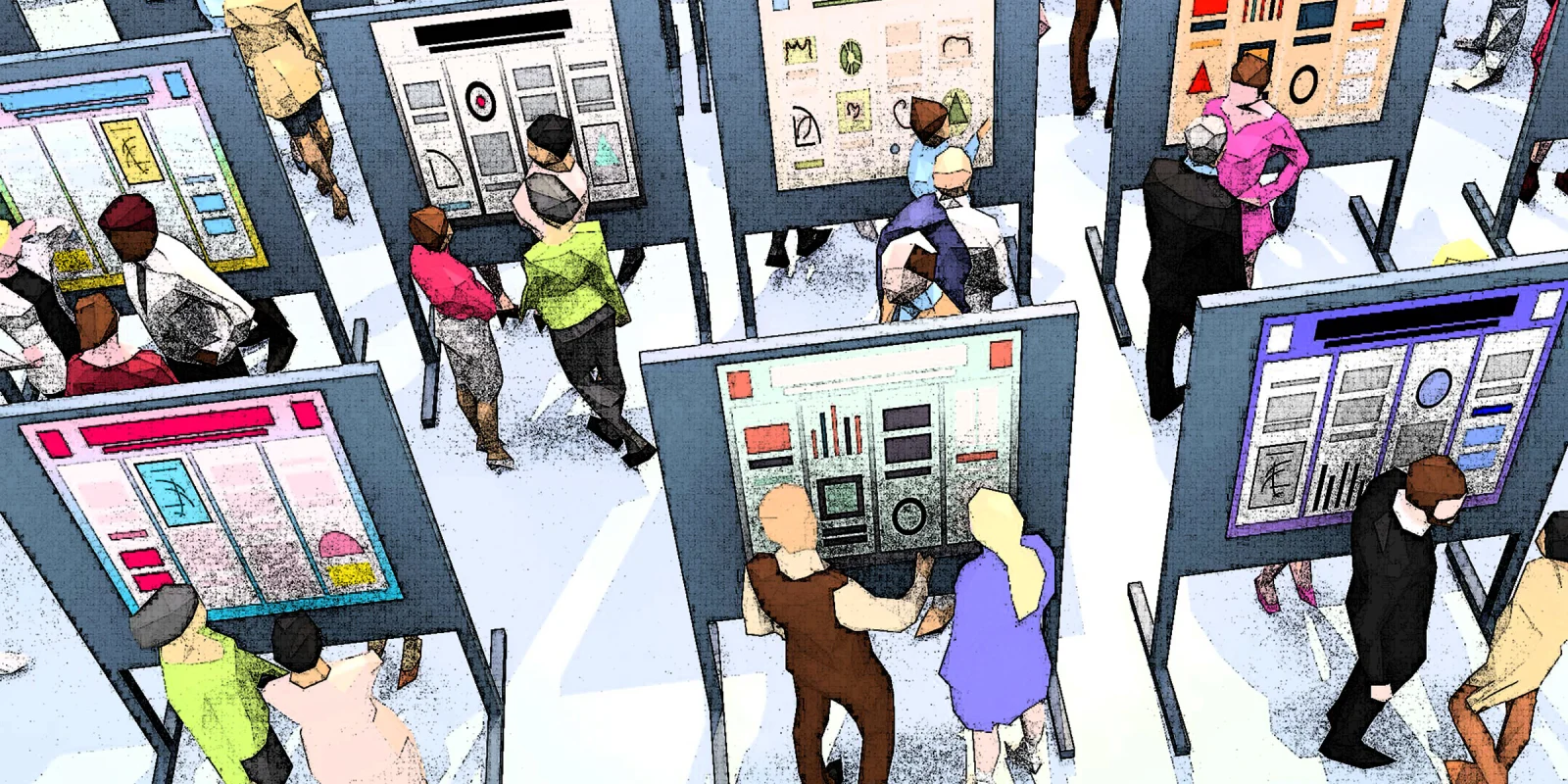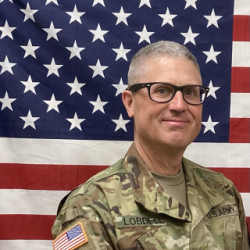The 102nd annual meeting of the American Association for Thoracic Surgery (AATS) was in beautiful Boston, MA. This was a unique opportunity to reconnect with friends and colleagues after the pandemic and share our lessons learned in the transformation of health care. For a moment, let us consider perspective: the U.S. has suffered more than one million COVID-19 related deaths and simultaneously responded to the threat through a combination of leadership, change, investment in digital health and use of virtual visits, remote monitoring, etc. More specifically, focus on innovation and perioperative sessions provided opportunities to highlight the people, processes, and technologies that enhance recovery after cardiac surgery. (5) In the following few paragraphs, we will review the highlights.
The AATS-ERAS-Cardiac session on Saturday, May 14, 2022 was moderated by Dan Engelman MD, Rakesh Arora MD PhD, Dirk Varelmann MD, and me. The highlights included advances in artificial intelligence with hemodynamic monitoring by V. Seenu Reddy MD, team building and teamwork by Shannon Crotwell RN, CCRN, from the Sanger Heart & Vascular Institute at Atrium Health and Cheryl Crisafi RN, from Baystate Health, as well as processes to mitigate the risk of acute kidney injury and opioid abuse and addiction with multimodal analgesia. The session generated considerable enthusiasm and was constrained only by the size of the room and number of chairs.
On Sunday, May 15, 2022, the keynote, a perioperative lecture, was delivered by Eric Hargan, Former U.S. Deputy Secretary of HHS. Secretary Hargan shared a thoughtful perspective on ethics and legal issues associated with the withdrawal of mechanical circulatory support. COVID-19 stressed patients, clinicians, health care institutions, supply chains, ECMO teams, etc., and Secretary Harlan’s presentation highlighted the evolution of our experience and learning during this most demanding era. Another important topic was the role of socioeconomic distress in failure-to-rescue (FTR). FTR is a rapidly evolving science and leading opportunity to learn and improve the quality, safety, and value of cardiothoracic surgery. Rescuing and FTR postoperative patients was also a part of a Tuesday session moderated by Robin Varghese MD and included presentations from Marla Ouzounian MD, Ed Soltesz MD, and others.
The Drainology session on Sunday afternoon was very well attended and stimulated great discussion. The chairs, Robert Cerfolio MD and Dan Engelman MD, artfully facilitated the session and sharing of best-practice tips from Shanda Blackmon MD from the Mayo Clinic. Alessandro Brunelli MD from Leeds, U.K., educated us on digital drainage while leading research on retained blood syndrome and active chest tube clearance was presented by Louis Perrault MD PhD from the Montreal Heart Institute.
Subsequently, on Monday, May 16, 2022, we had another large audience for “Using Technology to Impact Patient-Centered Perioperative Care.” Christopher Ryan MD and Todd Rosengart MD, from the Texas Heart Institute and Baylor College of Medicine, presented their initial experience with the use of machine learning to predict acute kidney injury in real-time. Subsequently, Hassan Tetteh MD, MBA, provided the engaging keynote presentation on the use of artificial intelligence (AI) and novel biosensors from his perspective from time in service with the Department of Defense and civilian, perioperative, and cardiac care. We were fortunate to hear about the value of inpatient remote monitoring from Marijana Zubrinic and AATS President Shaf Keshavjee MD from the University of Toronto and patient-reported outcomes (PROs) from our colleagues at Baystate Health. During this same session, we presented Sanger Heart & Vascular Institute’s “Perfect Care” (PC) results of more than 750 patients that were remotely engaged, educated, and monitored, with a combination of audiovisual visits, messaging, novel biosensors, etc. via a digital platform, and the PC Improvement Network (PCIN). The impact on mortality, major morbidity, length of stay, readmissions, patient engagement, and costs have been dramatic and sustained over three years. We are confident that the burgeoning PCIN will assist our aim to learn faster and continuously improve through the strategic imperatives of scale, synergy, and sustainability. Additionally, partnerships with patients, providers, payers, policymakers, and industry will augment these strategies.
The final day of AATS 2022, Tuesday, May 17, 2022, included the session on “High-Performance CT Surgery in the Digital Age,” and the keynote was delivered by Brian Ferguson. Brian’s perspective on a human performance inspired the audience as he shared his experiences as a Navy SEAL, time with the Santa Fe Institute and at Singularity University, and his time as CEO of Arena Labs. Brian shared insight on the leading efforts of his team at Arena Labs with a digital platform and coaching to bolster clinician and team performance “by measuring and influencing stress and pressure before they become burnout statistics.” This fourth domain of the “quadruple aim,” a better clinician experience, is often overlooked but an enormous opportunity as we wearily exit the pandemic and confront the ever-increasing complexity of health care.
In summary, the pandemic stressed our systems, processes, and people but simultaneously catalyzed a focus on innovation, change, and investment in digital health. As a result, we are witnessing increased adoption of digital health tools for patient engagement and education that also enhance quality, safety, & value. To optimize the integration of the myriad digital tools and solutions, we will need to focus on interoperability and workflow as well as automate the aggregation of disparate data sets and analysis. Finally, it was delightful to reconnect, share our collective experiences and victories in Boston and rebuild our friendships.
Illustration by Jennifer Bogartz







